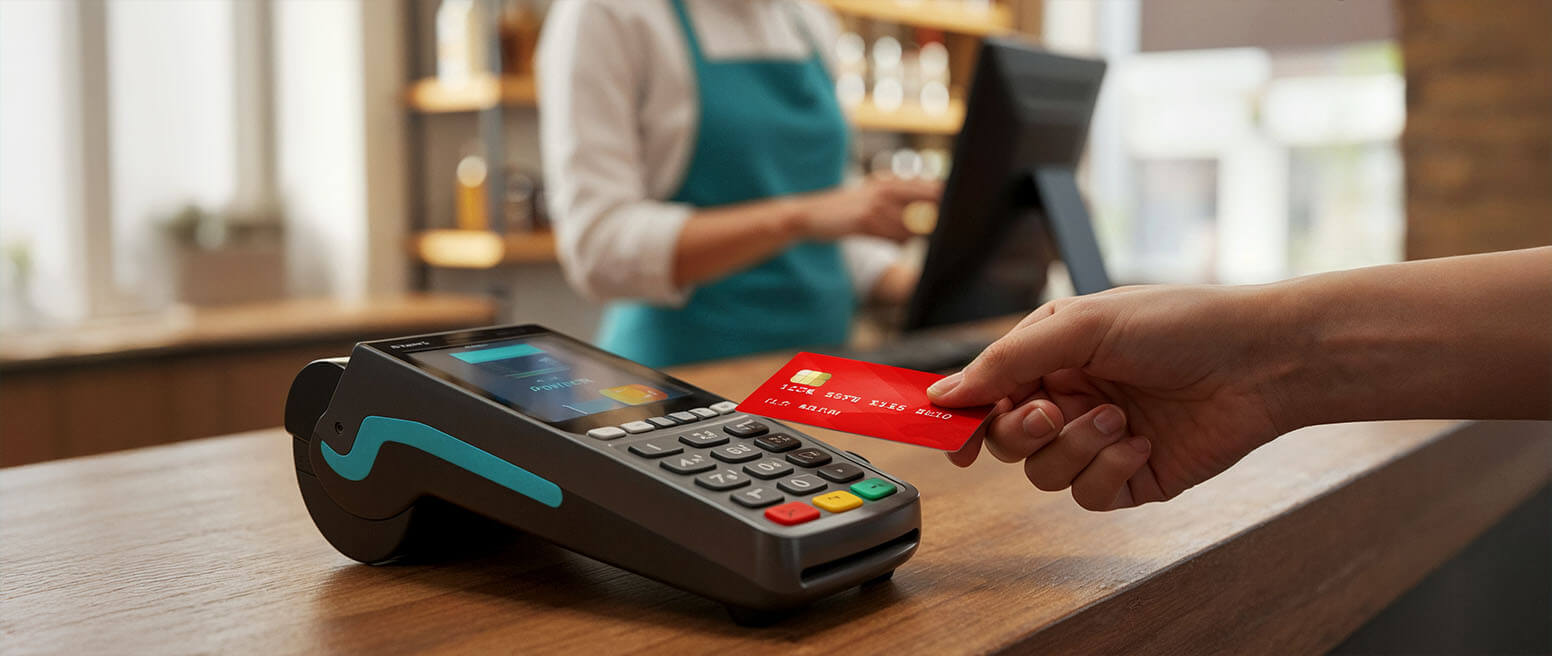Curious About Integrated Payment Solutions? Here’s What to Look for.
If you’ve ever used a relational database, you can appreciate the concept of integrated payments.
Essentially, information is keyed in once, then automatically used wherever or however else it’s needed. This eliminates the possibility of re-entry mistakes. As long as the data is entered correctly from the start, the numbers are always accurate, even across multiple related databases.
The integrated payments concept lets merchants take credit card information obtained during the original payment transaction and forwards it to other accounting programs for processing and posting. It sounds great... but does it work? In this post, we look at how an integrated payments system can benefit your business.
Recommended reading
- What is EMV Bypass Cloning? Are Chip Cards Still Secure?
- Dispute Apple Pay Transaction: How Does The Process Work?
- Terminal ID Number (TID): What is it? What Does it Do?
- How EMV Chip Cards Work: Pros, Cons, Data Points & More
- The AI Gap: Banks’ Slow Adoption Creates Chances for Fraud
- Point of Sale Systems: How to Get More From Your POS Machine
What is an Integrated Payment System?
- Integrated Payments
An integrated payment system is an automated payment processing platform. It takes transaction data from the point of sale, sharing information directly with other connected systems without manual input.
[noun]/in • tuh • gray • tuhd • pay • muhnts/No two integrated payments solutions are identical. However, the basic premise is the same: a business’s payments systems are seamlessly connected to the merchant’s other financial processes.
For example, the total payment amount for a given transaction is information that would be needed for accounting, invoice reconciliation, payment processing, and potentially other systems. An integrated system would capture the total calculated at the point of sale, then forward it directly to other departments or software.
This is especially relevant to eCommerce merchants who might otherwise need to manually key-in numbers. Payment information comes straight from the online checkout, and is automatically used to process and post payments to the associated transaction or invoice.
What Are the Benefits of an Integrated Payments Model?
The immediate advantage here is streamlined operations. Through integration, payments are posted and ledgers are updated at the time of sale. But, there are a few other long-term benefits to an integrated approach that you should consider, too:

A Closer Look at Integrated Payments & Security
We talked a bit about data security above, as well as fraud and chargeback management. But, given that these are some of the most important benefits of an integrated approach, they deserve some extra attention.
This chart looks at some of the security vulnerabilities of non-integrated systems, and how integration can help mitigate those risks.
| Non-Integrated | Integrated |
| Multiple Programs & Systems: Standalone systems don’t connect to your POS, meaning you’ll need at least two (and usually more) processing systems. | Everything Together: Integrated payment systems connect directly with your POS and transfer data without needing a third-party processor. |
| Multiple Entry Points: Manually keying in the same information in multiple locations is not only tedious, it increases the odds of a mistyped entry. | One Entry Point: Data received directly from the POS and used consistently by the entire system dramatically lowers the odds of entry mistakes. |
| On-Site Data Storage: There is always the risk of data theft or fraud. If you’re storing personal customer information, you’re responsible for going through all the necessary steps to keep it safe. | Integrated Storage: Integrated payment systems are required to comply with PCI DSS regulations, which are global standards for data security and loss protection. |
Mistyping one character when entering transaction information, or incorrectly routing just one piece of data at any point in the transaction process, could result in a chargeback. Simple merchant errors like this are believed to cause between 20-40% of all disputes.
Integrated payments eliminate this possibility, thereby making you much less susceptible to disputes.
Finding the Right Integrated Payment Processing Partner
An integrated payment platform obviously has a lot to offer. So, how do you get started?
Not every payment processing provider can help you integrate your operation. Your first step is to locate the best processing partner for your business. Here are a few things to consider as part of your search:
Does your business need integrated payments? The short answer is “yes.”
Think about the kind of shopping experience you want to offer your customers: fast, easy, and secure. Now, think about the sales experience you want for your operations: streamlined, accurate, and as easy as possible.
Integrated payments can help you accomplish both of these things.
That said, the exact structure of an integrated system is unique to every business. To reap the full advantages of integration, you’ll need to look at all your requirements, from payment options to security and fraud protection. At Chargebacks911, we’re familiar with all the components needed for secure processing. If you’d like help finding your best solution, contact us today.
FAQs
What are integrated payments?
An integrated payment system is an automated payment processing platform. It takes transaction data from the point of sale, sharing information directly with other connected systems without manual input.
What are the benefits of integrated payments?
Integrated payment solutions save time normally needed for entering and reconciling payments, which reduces your costs and streamlines cash flow. They also lower the potential for errors by eliminating manual data entry. Most importantly, they greatly increase the security of data storage and transmission.
How do you integrate payment services?
Talk to your gateway provider or processor. If they handle integrated payments, they can help you set it up.
What is the difference between integrated and non-integrated payment processing?
Integrated processing is built into the point-of-sale or customer relationship management (CRM) software being used. It does not typically require re-entry of the transaction amount, but rather pulls the amount from the software itself.
Non-integrated processing typically requires a human to manually input the amounts, often in more than one location. This takes time and opens the possibility of errors in recordkeeping and data transmission.










